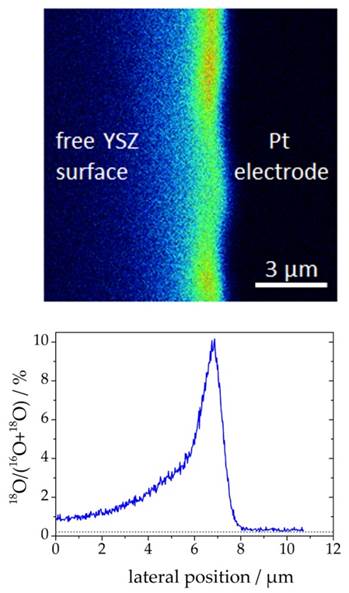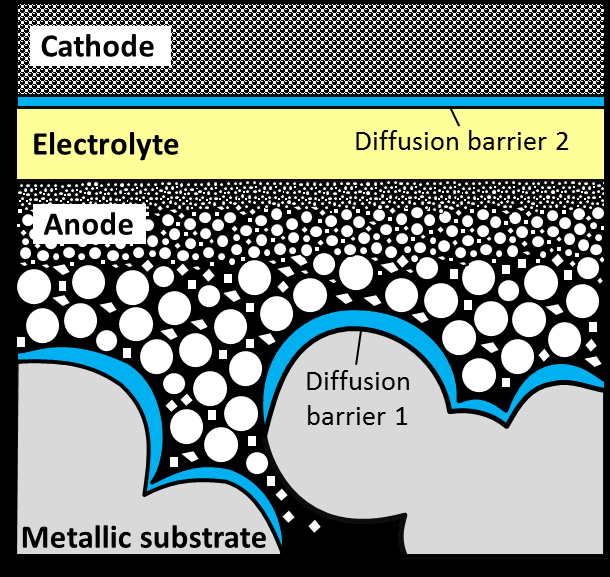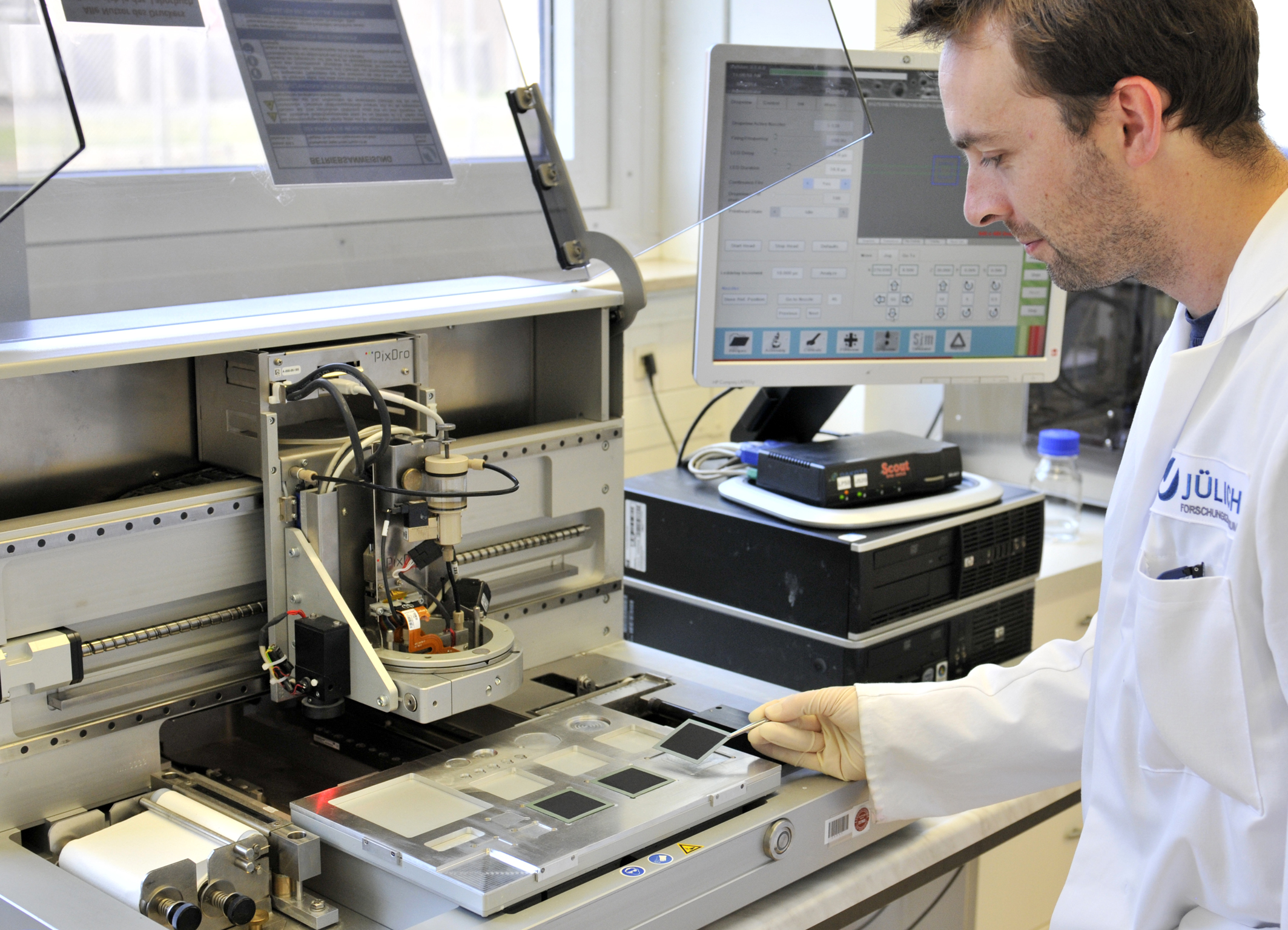CD Laboratory for Interfaces in Metal Supported Electrochemical Energy Converters
Head of research unit
Commercial Partner
Duration
01.03.2019 - 31.08.2019
Thematic Cluster


Metal-supported fuel cells are highly efficient, stable and cost-effective to produce. The CD Laboratory is researching the optimisation of their performance characteristics and service life through the development, production and characterisation of new electrode materials.
Metal-supported solid electrolyte fuel cells offer specific advantages over the already established ceramic-supported fuel cells. They are cheaper to manufacture and have increased mechanical stability and dimensional stability. However, their technical development is not yet fully mature. For example, the electrochemical performance characteristics of metal-supported fuel cells offer the potential for further improvement and their service life is still too short due to specific ageing and interface phenomena that have not been fully clarified. The CD Laboratory "Interfaces in metal-supported electrochemical energy converters" addresses the main challenges of this technology in its research and development concept.
The CD Laboratory focuses on the development and production of new electrode materials. In addition to optimising the processing, the electrodes are to be systematically characterised under near-application conditions in order to clarify degradation and interface phenomena. As a result, reliable conclusions are expected on the electrode kinetics and defect chemistry of the electrochemically active functional layers within the fuel cells, as well as the stability and reactivity at the electrode/electrolyte interfaces. Based on the fundamental understanding of the electrochemistry at the interfaces, a targeted improvement of the metal-supported fuel cell is to be achieved.
The findings can also be transferred to other electrochemical energy converters, such as solid electrolyte electrolysis cells, gas separation membranes or solid electrolyte batteries. This will make an important contribution to the industrial realisation of this technology.

Christian Doppler Forschungsgesellschaft
Boltzmanngasse 20/1/3 | 1090 Wien | Tel: +43 1 5042205 | Fax: +43 1 5042205-20 | office@cdg.ac.at

